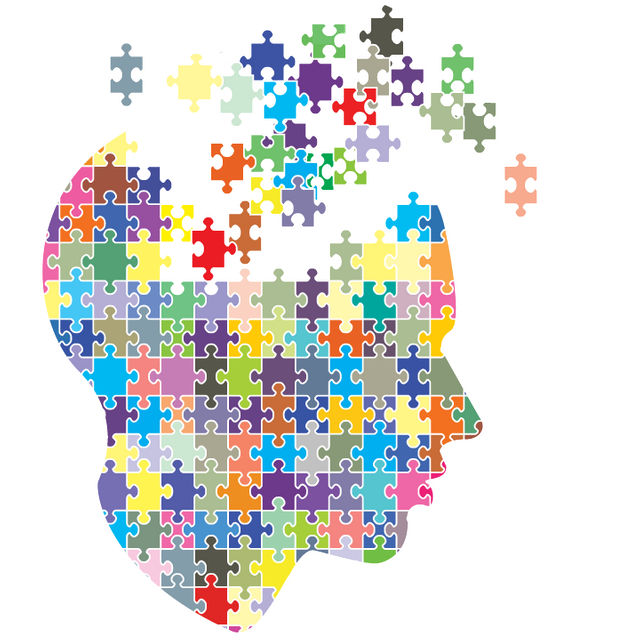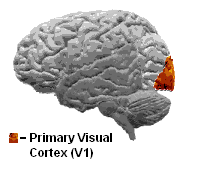The 20 Rules for EFFECTIVE Learning #1 (5 / 20)
Intro
Greetings and salutations, my friends. Today I shall be discussing an article I read at my college recently, outlining the 20 most important rules for truly effective learning. As someone studying A-Levels at college on a day-to-day basis, it’s obviously very helpful to me to be able to optimise my learning to spend less time to learn the same thing that everyone else will spend way more time to learn. Hopefully these tips will help you as they have helped me :)

- 1: Do not learn if you do not understand what you are trying to learn!
This may sound obvious and stupid but if I had a penny for everyone I know who has tried to do this I’d be a lot richer than I am now! The biggest cause of people doing this is upcoming exams combined with poor quality of teaching or poor quality textbooks. For example, I’m a Computer Science student, I could spend months memorising my Computer Science textbook word-for-word but if I was then asked to then apply my knowledge I just wouldn’t be able to. This is because while I would know the words, I wouldn’t know the meaning of the words. For these reasons, do not start trying to learn and memorise something without a good understanding of it!

- 2: Learn before you memorise!
Before putting your time into the actual memorisation, you need to make sure you’re able to step back and look at the overall picture of what you’ve learned. The human brain works by creating links between facts and rules to build a larger picture, so that one fact is linked to the other through synapses in your brain.
To use the previous example of my Computer Science textbook, I could learn a single word of a fact but that would be ultimately meaningless. Learning the word wouldn’t help me at all without learning all of the following words and the meaning behind them.
The best way to learn with this principle in mind is learning using questions and answers that put different facts together. For example, one thing I must learn is that the Memory Buffer Register is the part of the CPU that stores the data going to and from the RAM.
I could format this in a question and answer format like this:
Q: Which CPU register stores the data going to and from the RAM?
A: The Memory Buffer Register
Or
Q: What does the Memory Buffer Register do?
A: Stores the data going to and from the RAM.
Using both of these in combination would be best as it would link both pieces of information together without needing a specific stimulus to remember it.

- 3: Build Upon the Basics
In rule 2, I discussed looking at the overall picture of what you’ve learned before trying to effectively memorise it. This overall picture doesn’t have to be complete to the last and smallest detail. This actually makes it harder for your brain to remember things; the simpler the way you can represent what you’re trying to learn, the easier it will be to remember it.
For example, I learned what a strongly typed programming language was recently. This sounds pretty complicated, right? It is! As such, to remember this most easily I could make use of the so-called “Feynman method” in which I write it down as though I was teaching someone but in the simplest way possible.
Meaning instead of:
Strongly typed programming language
I would write
A programming language that is more likely to generate an error or refuse to compile if an argument passed to a function doesn’t closely match the expected data type.
This may still sound complicated to someone who doesn’t study the subject but for me this is infinitely easier to remember. Of course I need to learn this with Rule 1 and 2 in mind so that I can link the technical definition and the simplistic definition together as one will not help me without knowing the other.

- 4: Learn what the Minimum Information Principle is and Stick to it!
This principle ultimately comes down to the way the information you are trying to learn is formatted. As I said in Rule 3, simpler is better. This is because simplicity makes it easier for the brain to process something in the exact same way every time you actively recall it – which strengthens the synapses and makes it easier for you to learn and remember something.
For example:
Instead of
Q: What are the characteristics of the Dead Sea?
A: Salt lake located on the border between Israel and Jordan. Its shoreline is the lowest point on the Earth's surface, averaging 396 m below sea level. It is 74 km long. It is seven times as salty (30% by volume) as the ocean. Its density keeps swimmers afloat. Only simple organisms can live in its saline waters
I would write:
Q: Where is the Dead Sea located?
A: on the border between Israel and Jordan
Q: What is the lowest point on the Earth's surface?
A: The Dead Sea shoreline
Q: What is the average level on which the Dead Sea is located?
A: 400 meters (below sea level)
Q: How long is the Dead Sea?
A: 70 km
Q: How much saltier is the Dead Sea than the oceans?
A: 7 times
Q: What is the volume content of salt in the Dead Sea?
A: 30%
Q: Why can the Dead Sea keep swimmers afloat?
A: due to high salt content
Q: Why is the Dead Sea called Dead?
A: because only simple organisms can live in it
Q: Why only simple organisms can live in the Dead Sea?
A: because of high salt content
- 5: Use Images!
The Visual Cortex is the part of the brain that interprets visual stimuli. Over the many hundreds and thousands of years that we human beings have evolved the visual cortex has become very well developed as a necessity for survival. Most people find that they can much easier remember certain details about a picture rather than squiggles on a page that we call words. This means that if information can be represented graphically in whatever way, it will be much easier to actively recall at a later date.

That is it for today, folks. By incorporating these tips and tricks into your studies I can promise you will see improvements very quickly. Tomorrow I shall post the next 5 rules but for now, adios :)
